Madrid meteor mystery unearthed, was part of a comet! Origins revealed
The origins and trajectory of the meteor that was spotted in Madrid has finally been revealed.

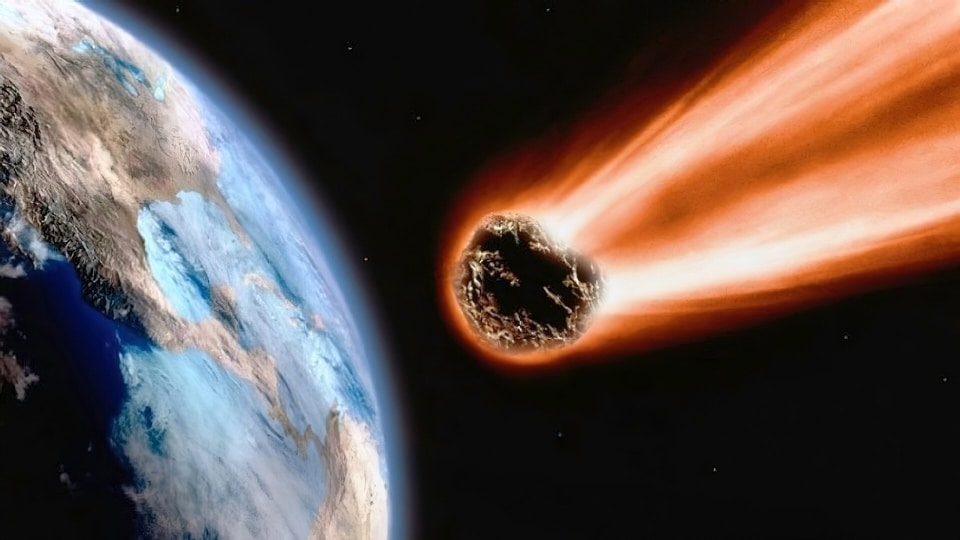
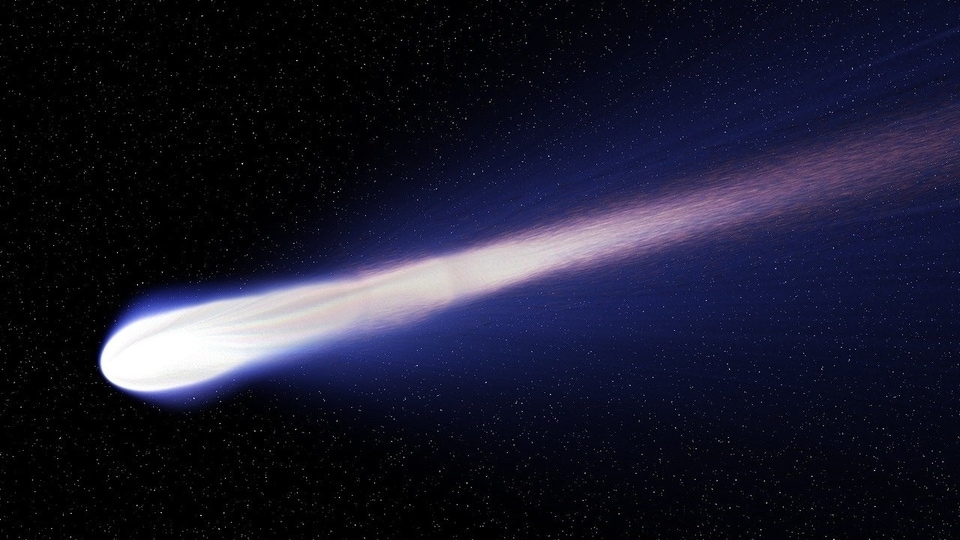
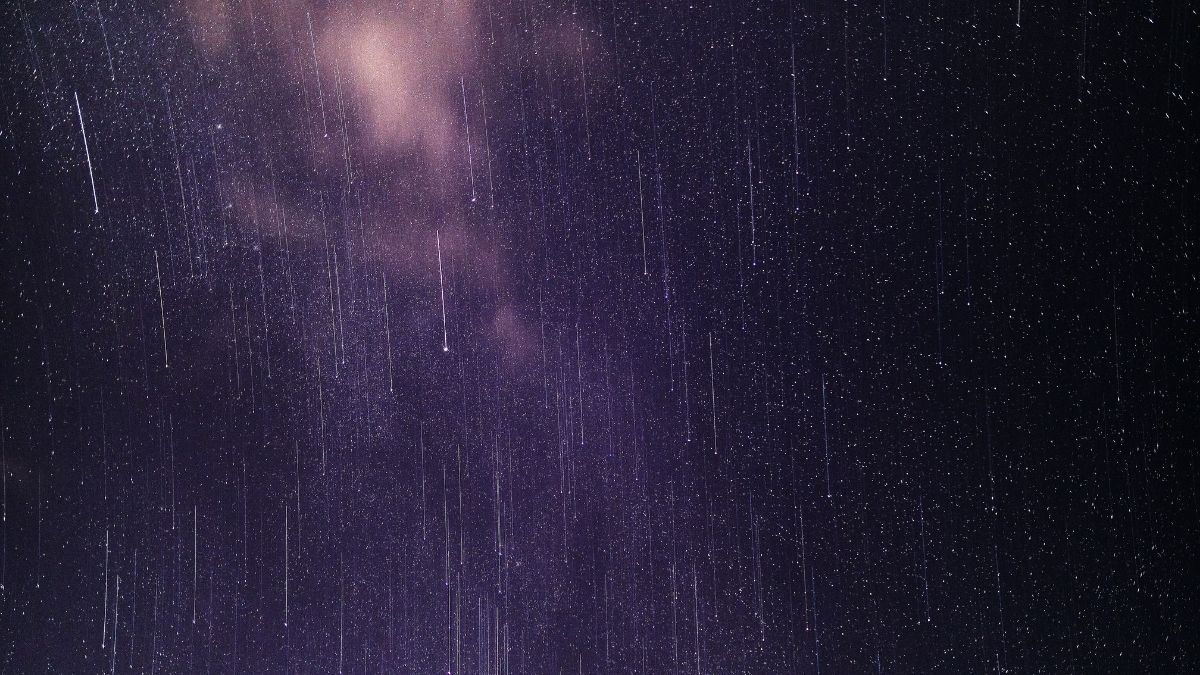
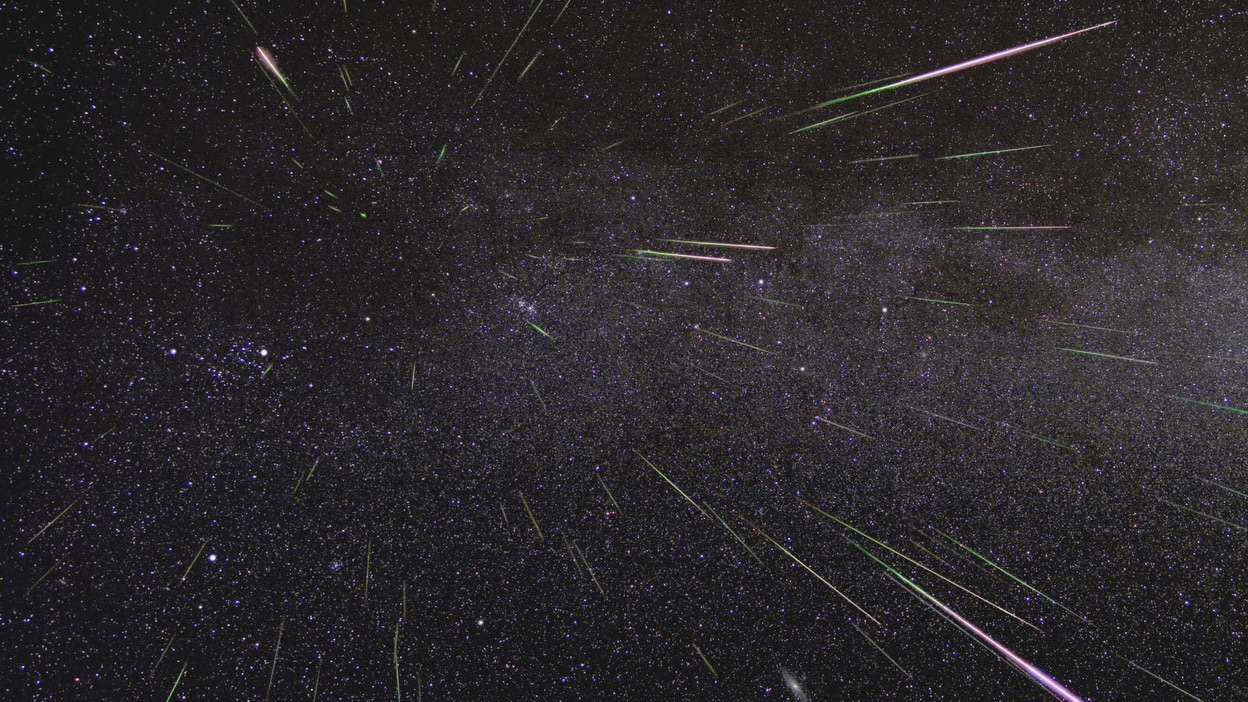
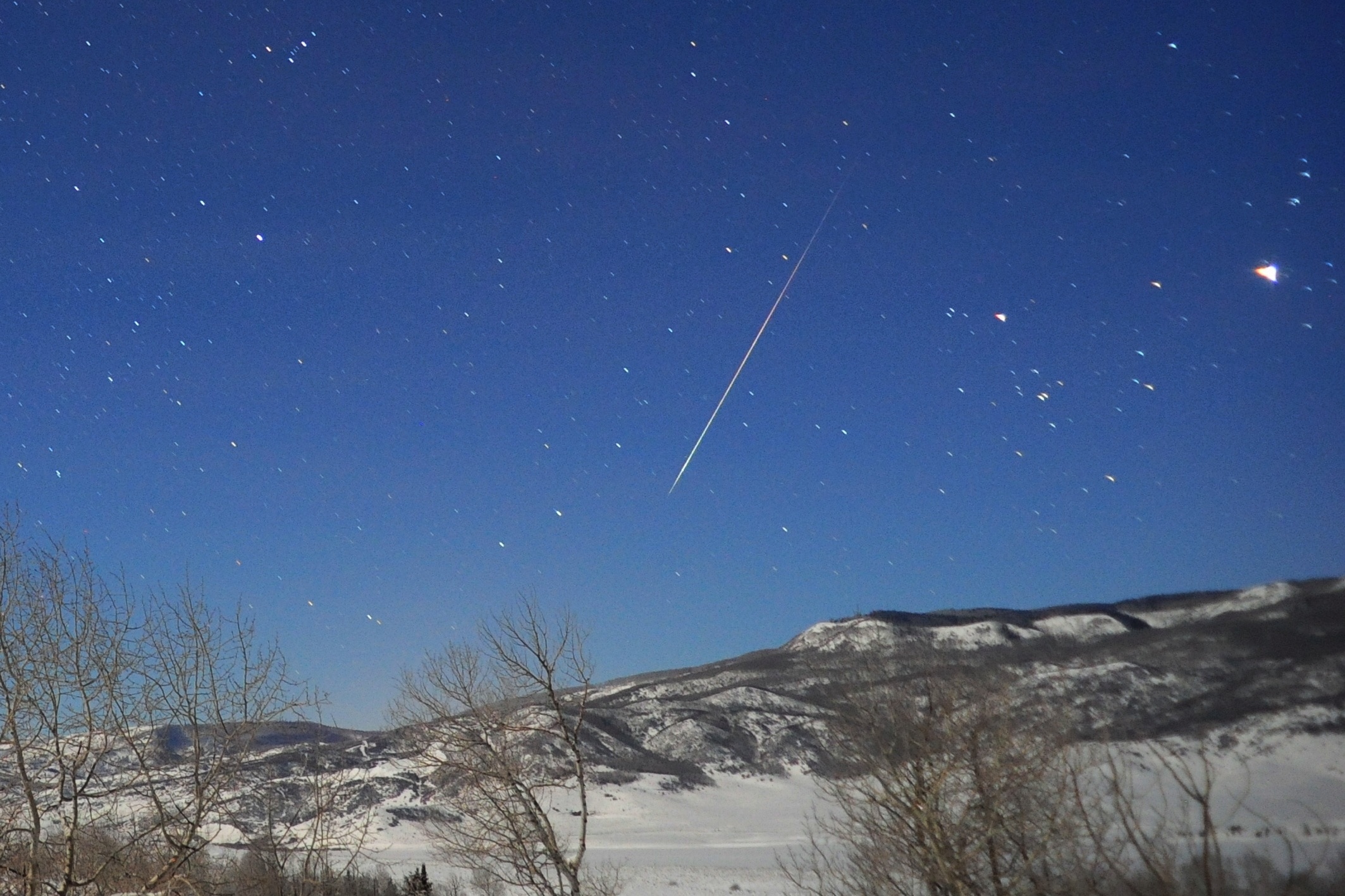
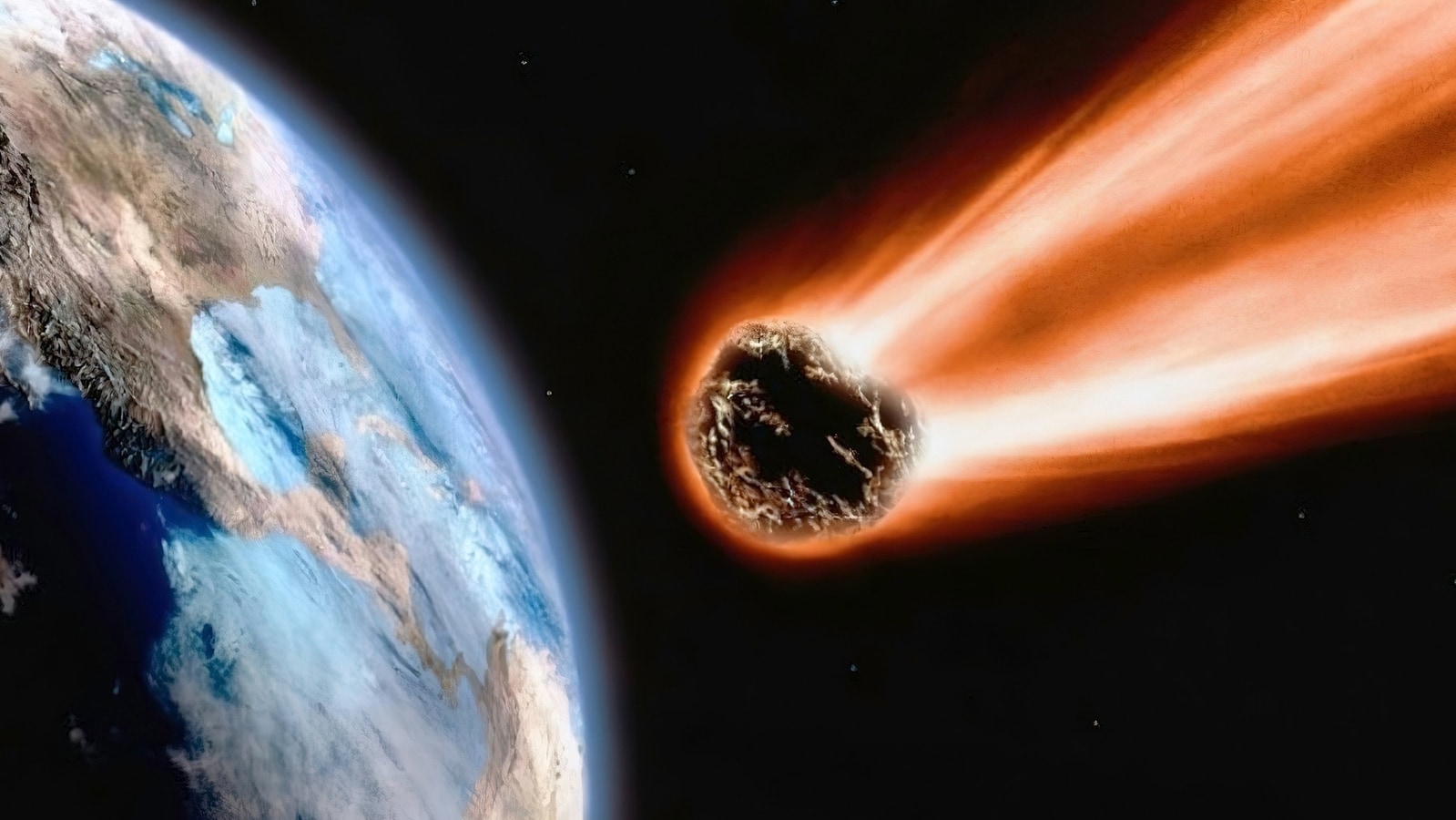
 View all Images
View all ImagesA meteor that was spotted over Madrid in the last week of July has had its origins revealed. Although the meteor burned up in the Earth's atmosphere on July 31, its origins and trajectory has now been unearthed.
The meteor was part of the Comet 169P/NEAT which is responsible for the annual Alpha Capricornids meteor shower. Discovered in 1871, the Alpha Capricornids is a meteor shower that takes place as early as 7 July and continues until around 15 August.
What is a meteor shower?
When meteor material falls on Earth, most of it burns up while entering the atmosphere, leaving behind trails of shooting stars. According to NASA, this phenomenon is known as a Meteor Shower. Several meteors per hour can usually be seen on any given night. When there are many meteors, it might mean that you're witnessing a meteor shower.
Meteor showers are generally named after the constellation it originated in. One of the most famous showers are Perseids, which peak around August 12 every year. Every Perseid meteor is a tiny piece of the comet Swift-Tuttle, which swings by the Sun every 135 years.
The trajectory and origins of the meteor were tracked using various cameras including an ESA-operated camera of the AllSky7 network in Spain, and cameras in the Southwestern Europe Meteor Network (SWEMN). The trajectory was calculated by the SWEMN which traced back its origins.
It was found that the meteor entered the Earth's orbit at a height of 100 kilometers and burned up at around 77 kilometers above the Guadalajara province in Spain.
According to phy.org, the Alpha Capricornids meteor shower was formed around 3,500 to 5,000 years ago when half of Comet 169P/NEAT disintegrated and fell into dust. The comet itself will have formed at the same time as our solar system, around 4.6 billion years ago.
Catch all the Latest Tech News, Mobile News, Laptop News, Gaming news, Wearables News , How To News, also keep up with us on Whatsapp channel,Twitter, Facebook, Google News, and Instagram. For our latest videos, subscribe to our YouTube channel.





























